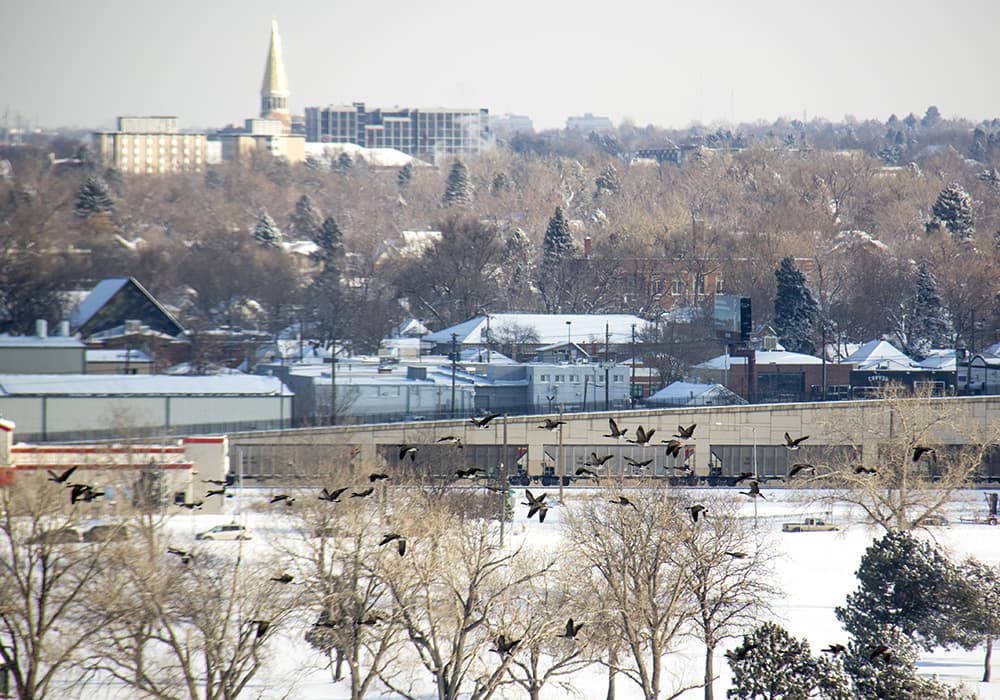The Denver City Council unanimously approved the rezoning of 9.48 acres next to Ruby Hill Park Monday night. The property has been owned by Colorado Public Radio for years and could become the site of a new headquarters for the broadcaster -- or something else entirely.
Senior Vice President for Finance and Administration Jenny Gentry said CPR will spend the next year doing a detailed facilities study, looking at how much it would cost to build a new building and assessing their ability to carry out that kind of capital campaign.
CPR has owned the Ruby Hill property since 2001, but since 2004, its studios have been in Centennial, near I-25 and Dry Creek Road.
Because CPR isn't sure it can build at the site itself, representatives of the station worked closely with neighbors and city planners so that the rezoning sets the stage for development the neighborhood wants, regardless of who builds there, Gentry said.
The property at 1601 W. Jewell Ave. was previously zoned residential, but all that's on the site is an office building used for operations and a telecommunications tower. The rezoning creates a planned unit development or PUD, a kind of custom zoning for properties that have unique challenges or characteristics. In this case, the property lies between a residential neighborhood and a major city asset -- Ruby Hill Park -- that's the site of significant improvements like the Levitt Pavillion and the Ruby Hill Bike Park. It's also in the Ruby Hill view shed, so height was a concern.
The new zoning would allow up to 100,000 square feet of office space, but the building couldn't be more than 35 feet high -- the same as the single-family homes allowed in the previous zone -- and the building wouldn't take up more than a third of the entire site. The zoning allows up to 5,000 square feet to go toward a restaurant or cafe, but it doesn't allow hotels or medical office uses. Parking will go as far away from the residential neighborhood as possible and be available for overflow parking for Levitt Pavillion.
The PUD also calls for pedestrian walking paths through the site, and that's an obligation for whoever develops the property. Sharona Thompson, president of the Ruby Hill-Godsman Neighborhood Association, said many people in the neighborhood, particularly children from the nearby public housing project, cut across the property on their way to school or to the bus stop, and the walking paths means that route is preserved but without the mud and snow.
The PUD also allows CPR to replace the aging transmission tower and its guy wires that sometimes pop and crack with a new modern transmission tower. Gentry said CPR will almost certainly replace the tower, as long as it can raise the money.
Thompson said CPR has been open to every neighborhood request, down to using native landscaping that will attract pollinators, and the availability of more parking will help ease concerns about traffic related to Levitt Pavillion.
Councilman Jolon Clark praised CPR for working so cooperatively with neighbors.
"This had all the recipes for being very contentious," he said. "It's right next to homes, it's next to a park and it's in a view plane."
Thompson said all of the people whose homes back up to the property are eager to see it redeveloped. There have been occasional break-ins by people who have come across the dark, deserted property at night, and grass fires are a constant concern in the summer.
"We really feel like a more active presence will create more security," she said.













